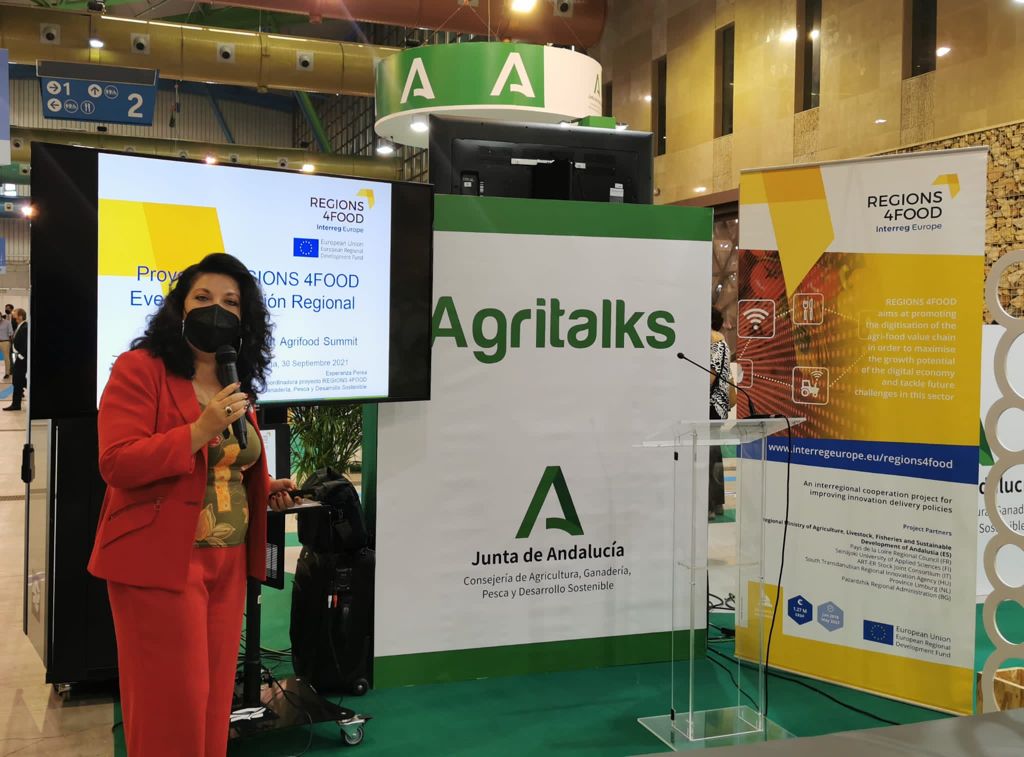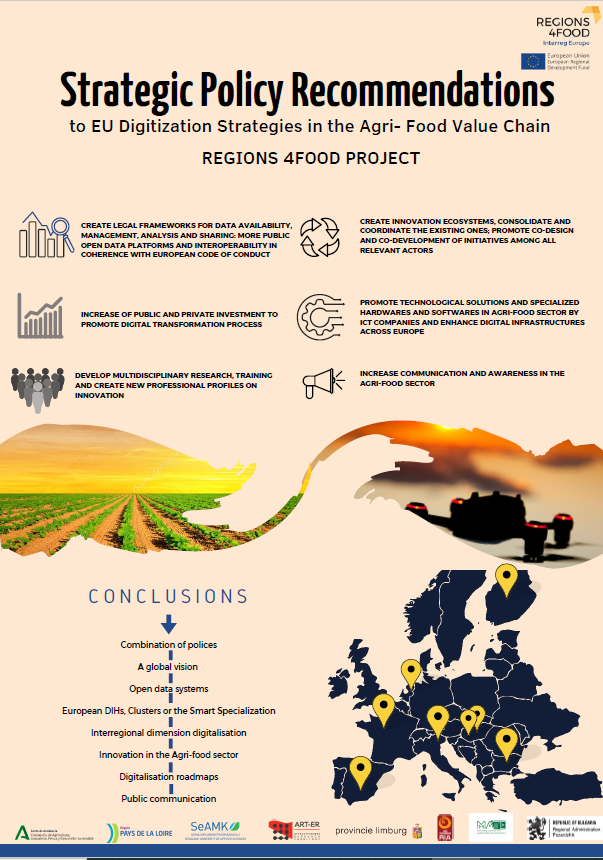On International Women’s Day 2019, the United Nations’ launched a global campaign to bring gender parity in agriculture.
Called ‘Real Groundbreakers’, the campaign is aimed at building awareness for equal access to women in resources and opportunities. Through this digital campaign, IFAD hopes to raise awareness as well as prod governments to invest in it.
Further, it calls for people around the globe to stand up for the rights 1.7 billion rural women and girls.
Women make up 43 per cent of the global agricultural labour force. However, they have little land rights and almost no access to finance, making it harder for them to move out of poverty.
“Rural women are real groundbreakers. They farm, produce food, start businesses and innovate, despite living in some of the world’s most challenging conditions while facing extreme inequality and poverty," said Charlotte Salford, associate vice-president of IFAD's external relations and governance department.
The Food and Agriculture Organization (FAO) estimates that giving women the same productive resources as men would increase yield by 20 to 30 per cent, reducing the number of hungry people by 100-150 million.
“Empowering women is linked to higher food production, better household and child nutrition, poverty reduction and access to education," added Salford.
In India, nearly 80 per cent of economically active women work in agriculture. A third of India’s agricultural labourers are women, as are nearly half the farmers. Yet, women labourers are paid less than men for the same amount of work.
Generally, a woman farmer puts longer work hours than men. Though 85 per cent of rural women are engaged in agriculture, only 13% own land since they don't have land holdings in their name and are unable to avail farm loan. According to FAO, gender parity in land holding can boost farm yield by 30 per cent. Further, women tend to re-invest 90 per cent of their earning back into their household — spending on nutrition, food, healthcare, schooling and income-generating savings.
Empowering women can lead to higher food production, better household and child nutrition, poverty reduction and access to education.






